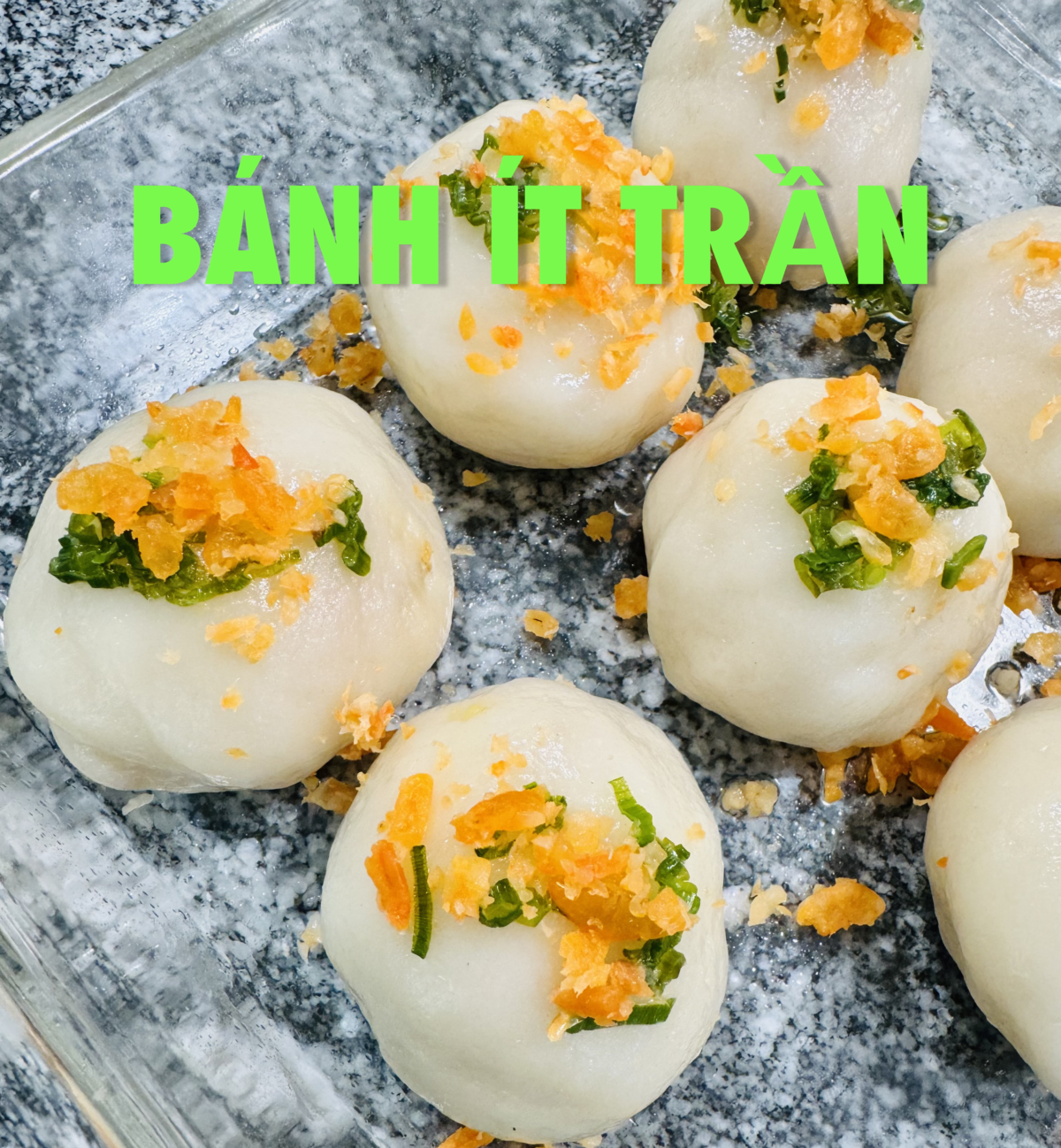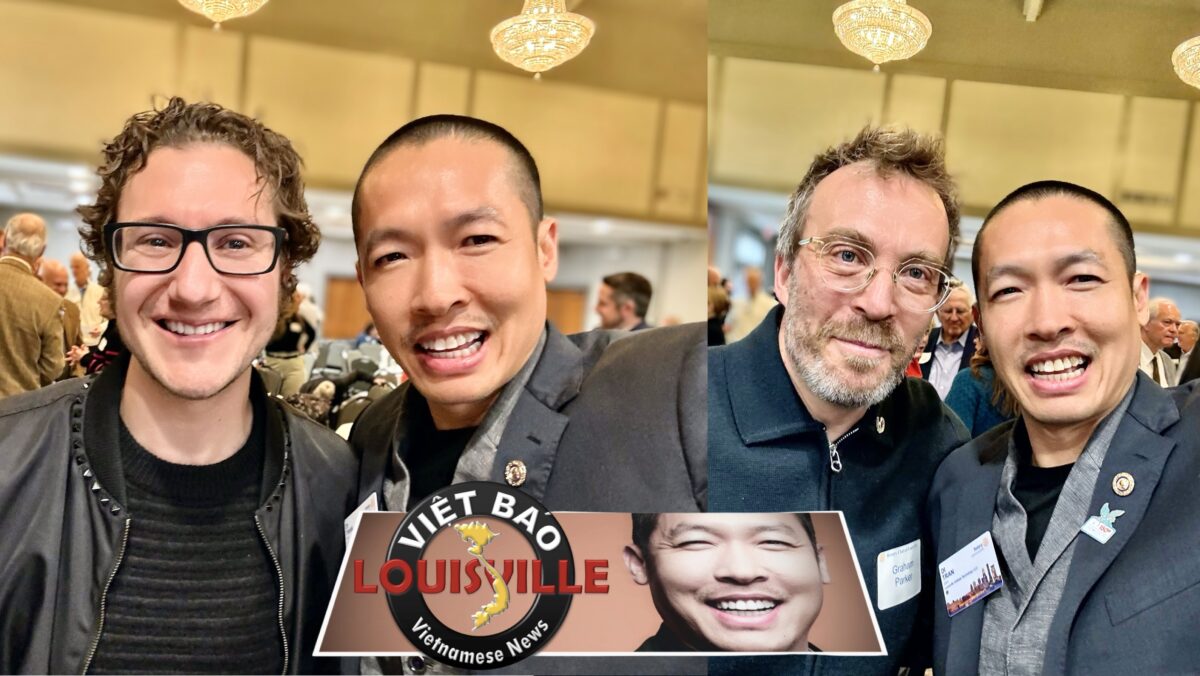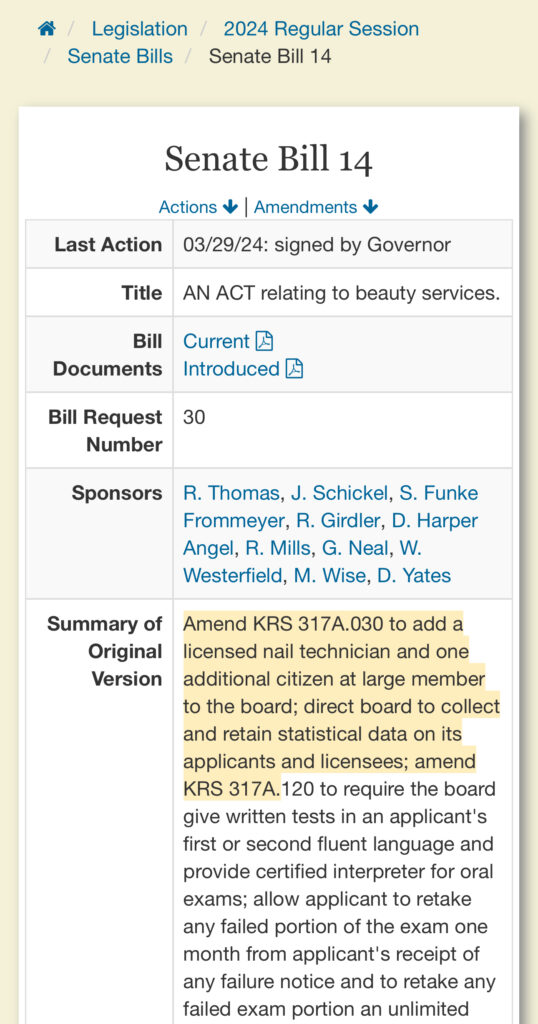En el corazón de Louisville, Kentucky, se desarrolla una historia que entrelaza las hebras de cultura, cocina y comunidad: una narrativa que pertenece a Di Tran, un local vietnamita con un profundo amor por la comida latina. Es una historia que no solo explora la cocina, sino también el lenguaje universal de las sonrisas, compartido a través de culturas, y el poder de la comida para unir a las personas. El viaje de Di Tran refleja el de muchos inmigrantes, comenzando con su llegada a EE.UU. en 1995 sin habilidades en inglés, comunicándose a través del lenguaje internacional de gestos y buena voluntad. Como él, dos trabajadoras del Supermercado Guanajuato #2, con su limitado inglés, transmiten calor y bienvenida a través de sus sonrisas y frases entrecortadas. En su intercambio de orígenes, “vietnamita” se encuentra con “guatemalteco”, y en sus sonrisas, una comprensión compartida.

La esencia de la historia de Di Tran es la fusión, una fusión que trasciende la simple mezcla de tradiciones culinarias. Su uso innovador del pan plano, que recuerda a su infancia en Vietnam, cortándolo en tiras similares a fideos o envolviéndolo alrededor de repollo finamente cortado, crea un delicioso tapiz de sabores y texturas. Sin embargo, la fusión va más profundo, simbolizando la mezcla armoniosa de diferentes antecedentes y experiencias que contribuyen al vibrante tapiz de la sociedad estadounidense.
Louisville, conocida por su encanto sureño, se ha convertido en un lienzo para esta hermosa convergencia de culturas. El amor de Di Tran por el pan plano recién salido del horno, envuelto con carnes al estilo asiático, crea una experiencia compartida que resuena no solo con él, sino con todos los que llaman hogar a Louisville. Es una ciudad donde el calor de su gente, ya sean nativos o inmigrantes, crea un ambiente tan nutritivo y reconfortante como la comida que comparten.

A través de los ojos de Di Tran, la belleza de Louisville brilla no solo en sus paisajes, sino en los rostros de su gente: cuidadosos, amorosos y que abrazan la diversidad. El espíritu de la ciudad hace eco de sus recuerdos de una infancia en una cabaña de barro donde todos eran cuidadosos, prueba de que, independientemente de nuestros orígenes, la experiencia humana, en su esencia, es compartida. La vida de Di Tran y su comida son testimonios del hecho de que la fusión no se trata solo de crear nuevos sabores; se trata de forjar nuevas comunidades, nuevas conexiones y un nuevo entendimiento de lo que significa estar en casa.
PD: En una mezcla armoniosa de compasión y belleza, Di Tran fundó la Louisville Beauty Academy. Arraigada en Kentucky y floreciente con dos campus, esta universidad acreditada por el estado se ha convertido en un faro de aprendizaje para una comunidad diversa. Se erige como una institución orgullosa donde los inmigrantes latinos, asiáticos y europeos, entre otros, reciben no solo educación sino un lugar para florecer. Esta academia celebra el espíritu de inclusividad y empoderamiento, encarnando la dedicación de Di Tran a proporcionar oportunidades para todos, uniendo las hebras de la belleza divina en el sueño de cada individuo.














